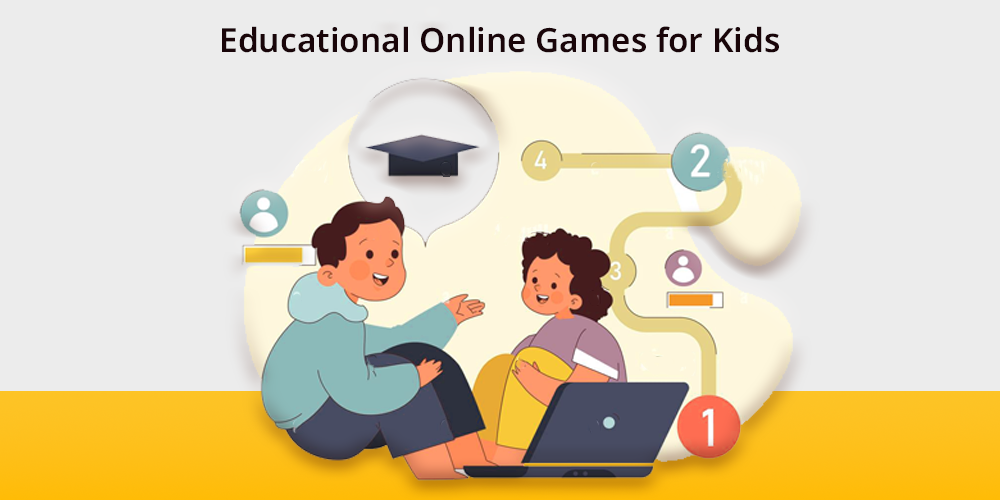
Online games offer spaces for the children to both have fun and acquire new skills from the educational content.
One of the strong methods of combining educational content via gaming interactions is through Educational online games.
Through creative exploration of digital games, these games are used by children to expand their curiosity levels and to build essential skills during meaningful interaction with technology.
The challenge is to select games from the ones that could have been played, which is not easy unless you already known what benefits the game is going to bring to your child.
In this blog, we explore educational online games for children and more particularly game recommendations for different age groups and types of games.
Contents
Why Are Educational Online Games Beneficial for Kids?
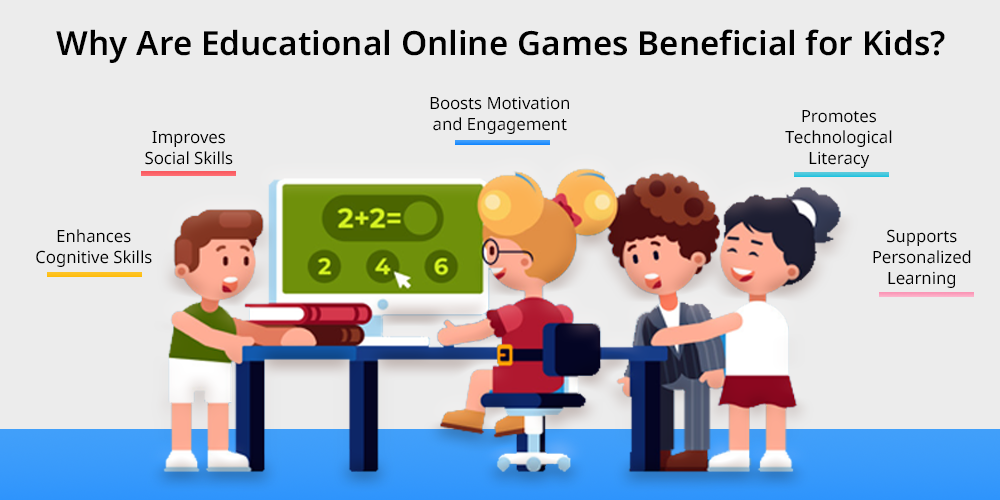
The designers of educational online games create digital learning environments that blend interactive formats with enjoyable interactions to boost children’s understanding of important concepts.
Here’s why they are so beneficial for kids:
- Enhances Cognitive Skills: The activities stimulate cognitive development by improving the functioning of memory together with attention capacity and logical thinking ability.
- Improves Social Skills: Through multiplayer game systems and synergy-based gameplay children learn to work together and exchange information with one another. Games which need teamwork teach children essential social skills that help them constructively manage conflicts.
- Boosts Motivation and Engagement: Games as a learning method make difficult subjects including math and science and reading lessons more captivating. Student motivation increases through interactive gameplay which offers rewards to maintain their learning interest.
- Promotes Technological Literacy: Academic games serve as a platform for students to master technology together with digital platforms across a range of instruments that will define their professional future.
- Supports Personalized Learning: Through educational games children maintain their current level of learning and advance at rates that feel comfortable to them. The study helps students understand concepts at their personal learning level which creates a personalized educational experience while minimizing stress levels.
Also Read: 6 Educational Games For High School Kids To Play And Learn With
Top 7 Educational Online Games for Kids by Age Group
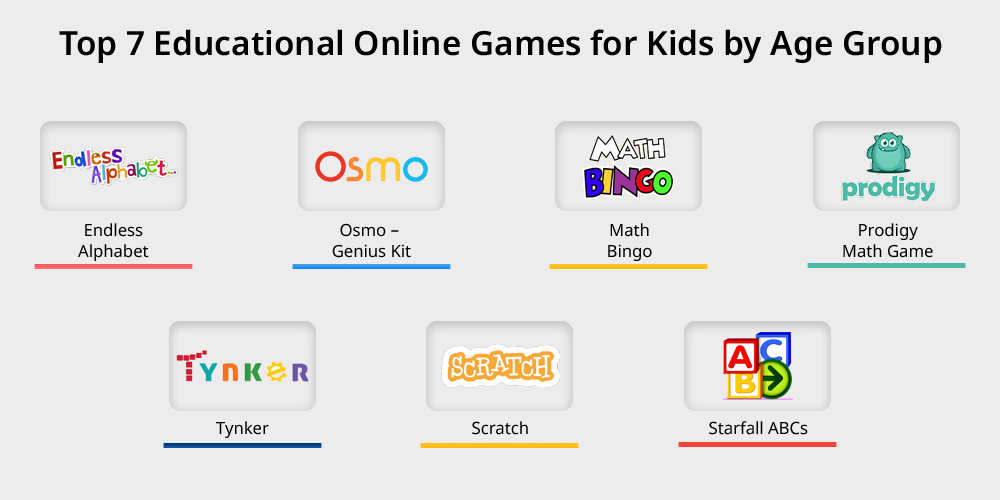
7 educational games found online will satisfy students of various age brackets.
Educational online games teach multiple subjects including math and coding along with allowing students to improve essential abilities through enjoyable digital activities.
1. Endless Alphabet
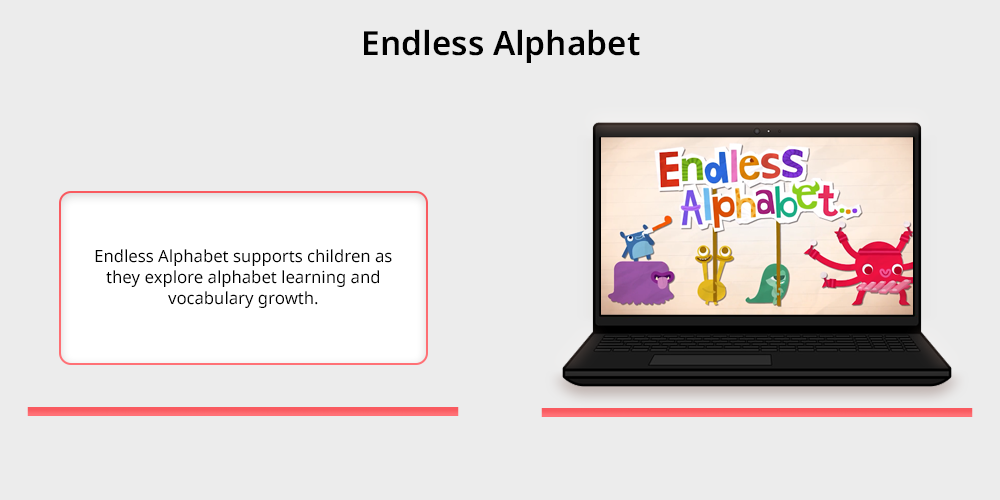
Endless Alphabet supports children as they explore alphabet learning and vocabulary growth.
This educational application combines vivid graphics with interactive puzzles which help youngsters match letters with expressions and sounds so it proves valuable for starting literacy learning.
Features:
- The application provides interactive puzzles that assist children in learning their letters as well as vocabulary words.
- The educational interface uses engaging animations
- Combined with sounds which strengthen learning activities.
- Suitable for young children
- Help in beginning literacy education.
Pros:
- Children stay focused because this content features designs that are enjoyable to watch.
- The application presents new words and vocabulary through clear understanding methods.
- Helps with early phonics and letter recognition.
Cons:
- Limited content for older children.
- After children make fast progress the repetitive content may eventually bore them.
Also Read: 7 Amazing Memory Games for Kids
2. Osmo – Genius Kit
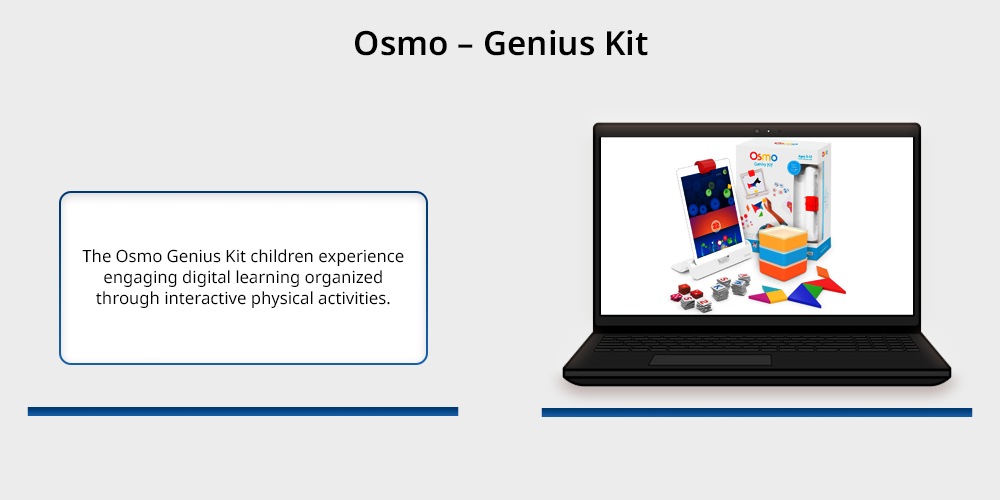
The Osmo Genius Kit children experience engaging digital learning organized through interactive physical activities.
Through a combination of tablet technology with tangible classroom pieces children can practice their math skills and spelling knowledge and develop their creative abilities.
Kids learn while engaging with active materials that make this activity ideal for developing academic interests at the elementary level.
Features:
- Combines tablet technology with physical pieces for interactive learning.
- The product offers multiple educational games which address mathematical principles together with spelling and creative tasks.
- The learning materials allow students to actively engage with their education.
- The educational device builds strong problem-solving capabilities together with critical thinking abilities.
- Provides real-time feedback to students.
Pros:
- Engaging hands-on experience for children.
- Versatile learning across multiple subjects.
- Great for both individual and group activities.
Read More: 5 Best Free Maths Games For Kids To Improve Skills
Cons:
- The functionality of this product depends on an Osmo tablet accessory.
- Limited content for advanced learners.
3. Math Bingo
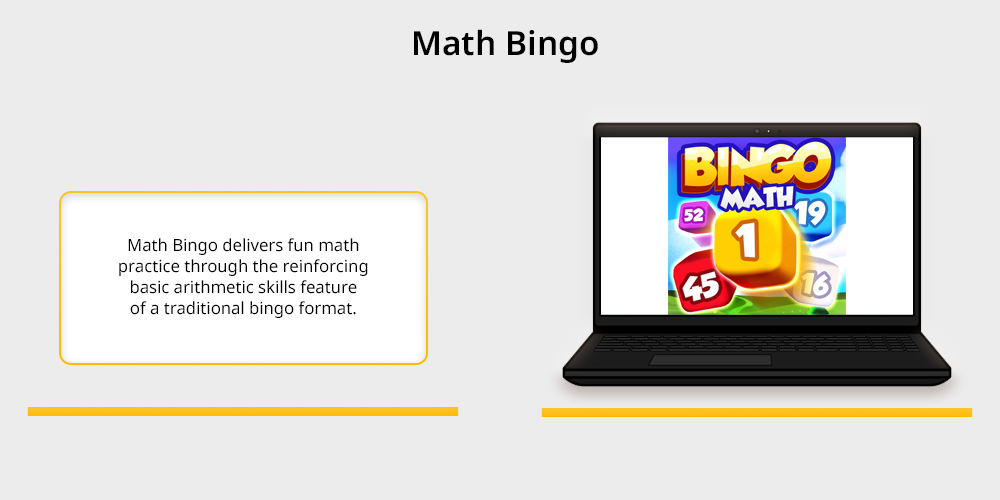
Math Bingo delivers fun math practice through the reinforcing basic arithmetic skills feature of a traditional bingo format.
The mathematical operations of addition, subtraction, multiplication and division will help students earn a Bingo win in this game.
Playing this game provides students with an interactive way to enjoy their mathematics practice.
Features:
- Traditional bingo format for math practice.
- The program executes arithmetic functions that include addition alongside subtraction and multiplication with division operations.
- The application features multiple levels of mathematics difficulty which suits children from different age groups.
- The math concepts become easier to learn through an enjoyable experience.
- The tool tracks user advancement by scoring their accomplishments.
Pros:
- Combines a familiar game format with educational content.
- Fun and competitive, making math enjoyable.
- The game provides easy access to children of various ages and presents different levels of difficulty.
Cons:
- The program concentrates exclusively on arithmetic calculations with restricted mathematical content.
- The tool presents reduced interactivity when compared with other math applications.
4. Prodigy Math Game
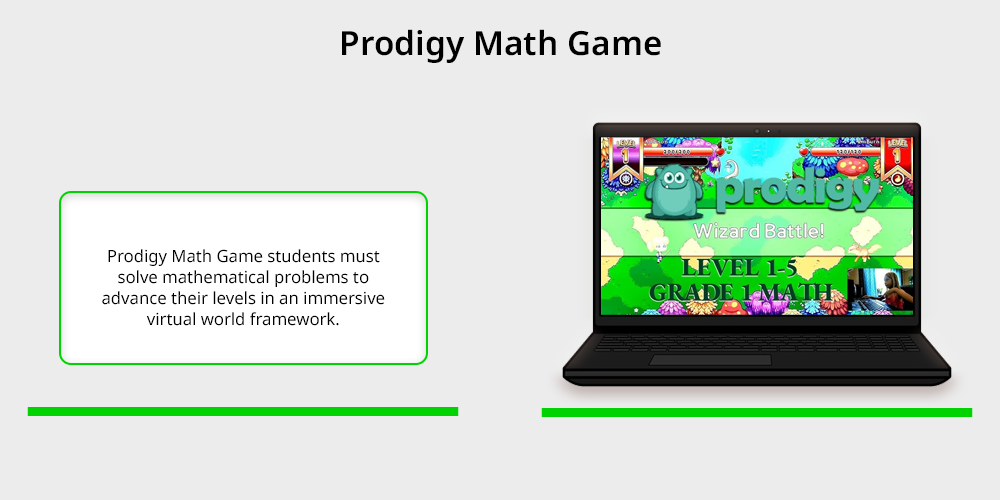
Prodigy Math Game students must solve mathematical problems to advance their levels in an immersive virtual world framework.
The game increases in difficulty level as players advance through stages so the students learn new advanced math concepts through gameplay activities.
Students from elementary through middle school will find it a perfect fit.
Features:
- The game follows RPG mechanics by letting students tackle mathematical questions to reach higher levels.
- The platform increases its mathematical challenges based on how well students perform.
- Covers a wide range of math concepts for elementary and middle school students.
- Engaging storyline and immersive game world.
- The system monitors student achievement while creating thorough statements available to both parents and teachers.
Pros:
- Offers a personalized learning experience.
- Students participate actively because of the game-based structure.
- The program enables students to build math abilities step by step.
Cons:
- Not all areas of the game present a clear challenge to students who are new to the game.
- Customers who opt for in-app purchases report the additions as distracting to their completion of essential game functionalities.
5. Tynker
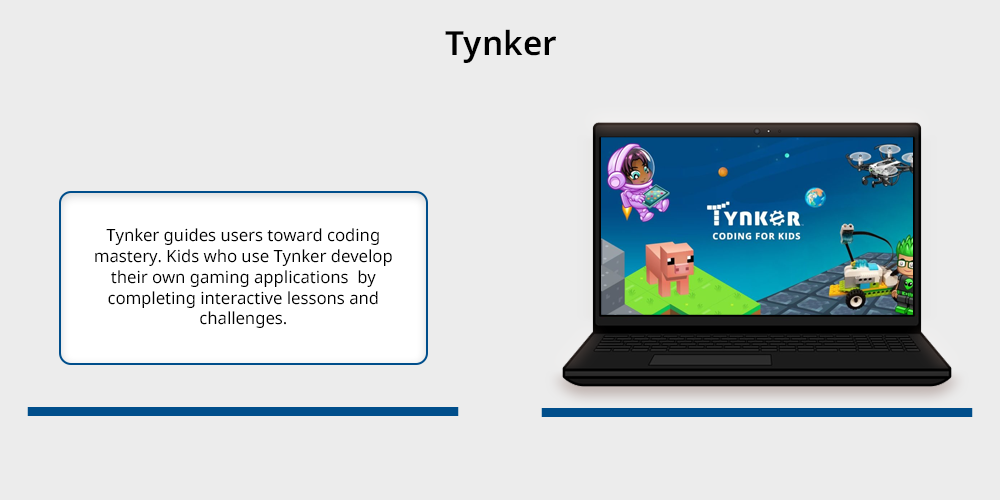
Tynker guides users toward coding mastery. Kids who use Tynker develop their own gaming applications by completing interactive lessons and challenges.
The platform delivers hands-on programming and technology learning designed for older children who want to experience computer programming firsthand.
Features:
- Tynker provides students with coding instructions along with game and application creation activities through its learning challenges.
- The platform instructs students in genuine programming languages including Python and JavaScript.
- The program features interactive tutorials together with puzzles through which students can solve problems.
- The platform welcomes students past their early teenage phase with programming interests.
- The platform lets users develop their understanding through practical work in building mobile apps and video games.
Pros:
- This platform satisfies children who demonstrate coding and technological interests.
- The program helps learners master two aspects of problem-solving in combination with logical thought processes.
- This platform provides an ideal environment for pupils above 10 years old who want to construct genuine coding initiatives.
Cons:
- The content might exceed the understanding capabilities of children under a certain age.
- Users need to subscribe for complete access to solve the limitations of this content.
6. Scratch
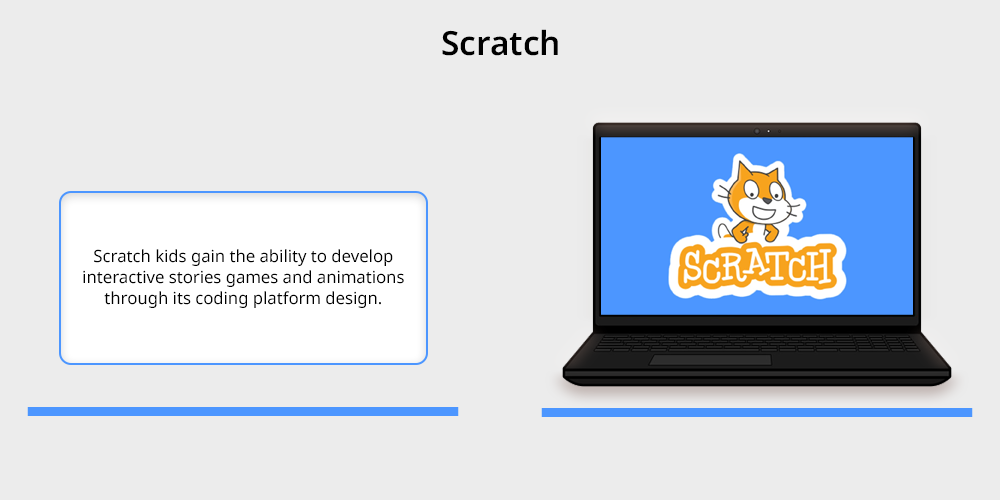
Scratch kids gain the ability to develop interactive stories games and animations through its coding platform design.
Scratch serves children starting at age 8 while providing an entertaining space where they can understand basic coding principles.
Kids can learn programming through this platform while developing important capabilities in both.
Features:
- Users can build interactive stories as well as games and animations using this platform.
- The platform provides an introduction to essential coding rules together with programming logic basics.
- The programming system includes an interface which enables drop-and-drag functionality.
- The platform enables users to find a supportive community that helps project sharing.
- Project users can team up with others for collaborative work setting.
Pros:
- Kids find the user interface straightforward because they can easily use it.
- Encourages creativity and self-expression.
- Great for teaching foundational coding and problem-solving.
Cons:
- The programming system does not educate learners about sophisticated programming content.
- The platform follows an age restriction beginning at 8 years old.
7. Starfall ABCs
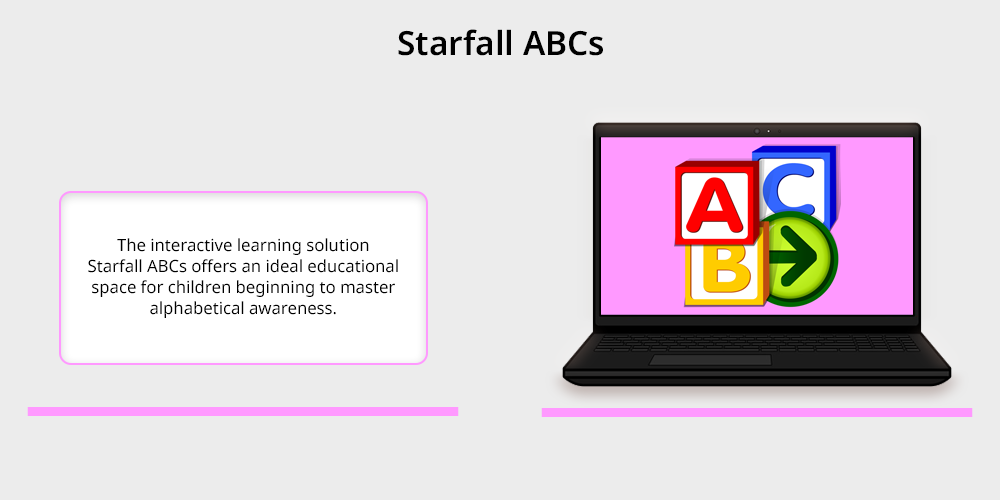
The interactive learning solution Starfall ABCs offers an ideal educational space for children beginning to master alphabetical awareness.
Kids learn reading basics by experiencing friendly educational activities that combine songs with animation features and phonics games.
Features:
- Focuses on phonics and letter-sound relationships.
- The program offers interactive gameplay designed for teaching letter identification together with reading skills.
- Both educational media include entertaining elements that help children retain newly learned information.
- Engaging activities for early learners.
- This platform suits youngsters who begin their reading journey.
Pros:
- The teaching of both alphabet knowledge and phonics occurs through an entertaining educational system.
- Supports early literacy skills development.
- Allowed features of visual learning and sound enhancement provide entertainment for children.
Cons:
- ABC literacy development is the main competency reachable through this application despite its limited content.
- The tool fails to retain learners who exceed preschool age requirements.
Tips for Balancing Screen Time For Kids
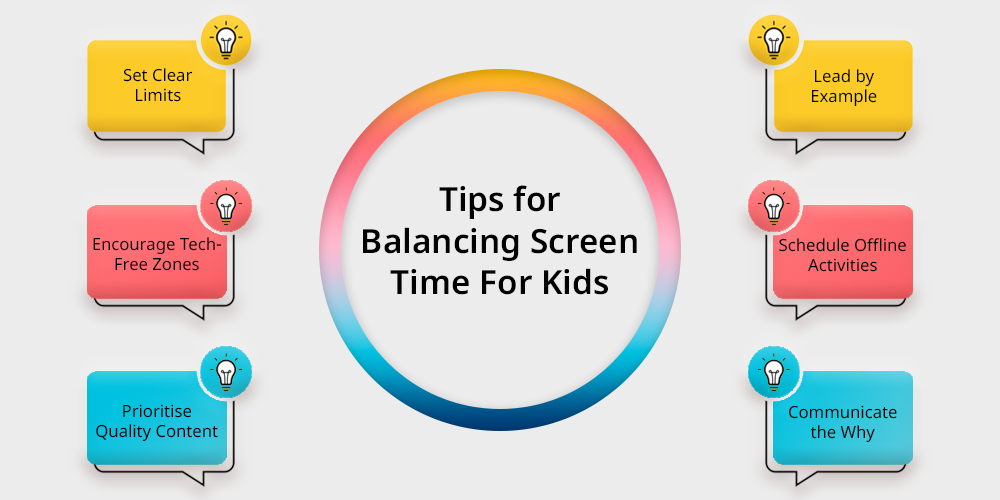
Educational games deliver fantastic learning outcomes yet students require sufficient breaks from screen-based tasks. Here are some tips for managing screen time effectively:
1. Set Clear Limits
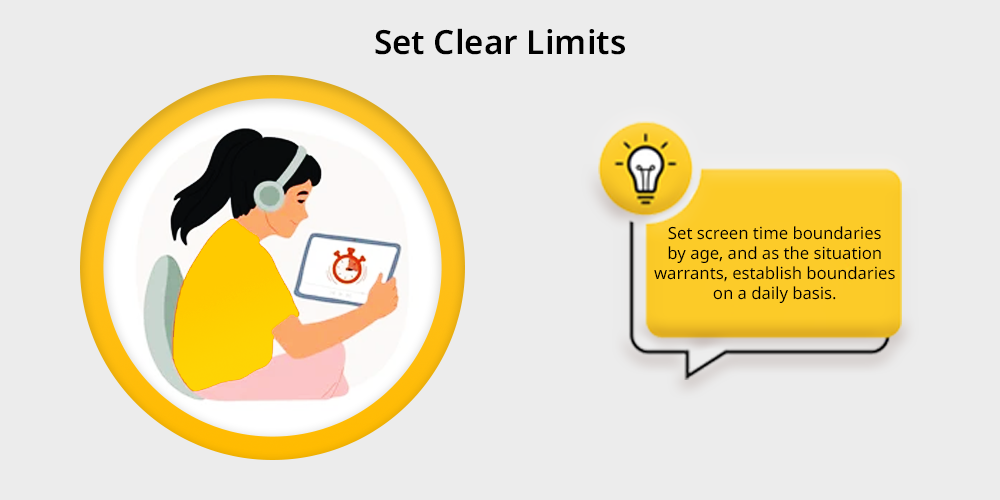
Set screen time boundaries by age, and as the situation warrants, establish boundaries on a daily basis.
There are no more than one hour of screen time on a day for kids aged 2 to 5 years old, according to the American Academy of Paediatrics. A good strategy to enforce these limits is to use timers.
2. Encourage Tech-Free Zones
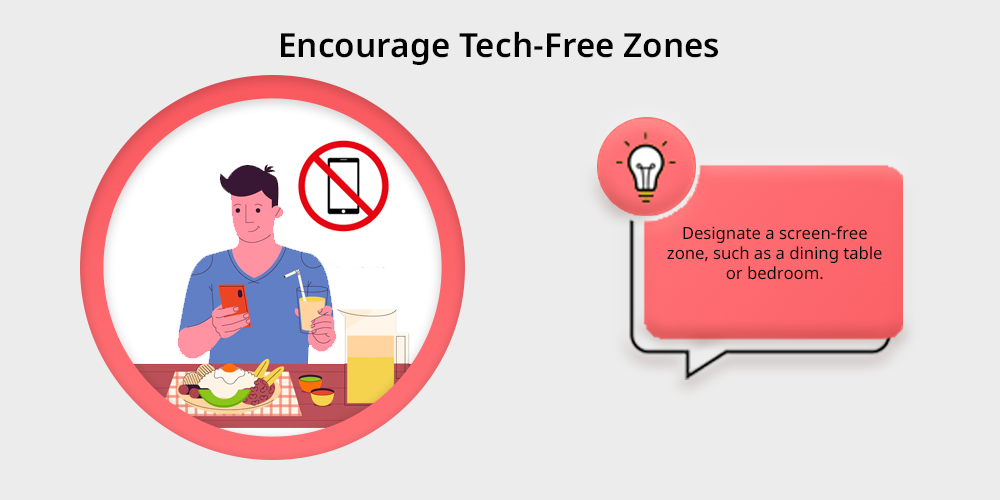
Designate a screen-free zone, such as a dining table or bedroom.
It also encourages interaction between family members and helps create positive habits such as reading or going outside.
3. Prioritise Quality Content
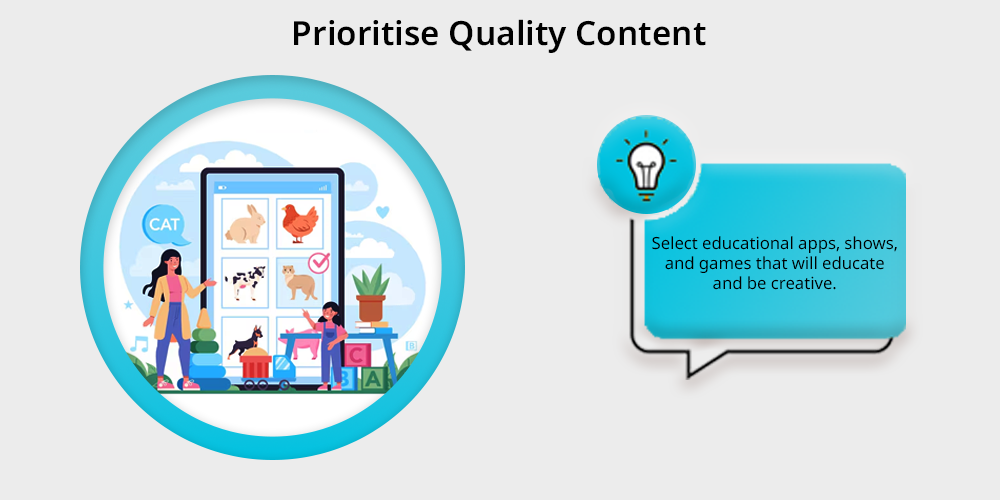
Select educational apps, shows, and games that will educate and be creative.
Call your kid, co-view, or play alongside your kid to discuss and give reinforcement to positive messages.
4. Lead by Example
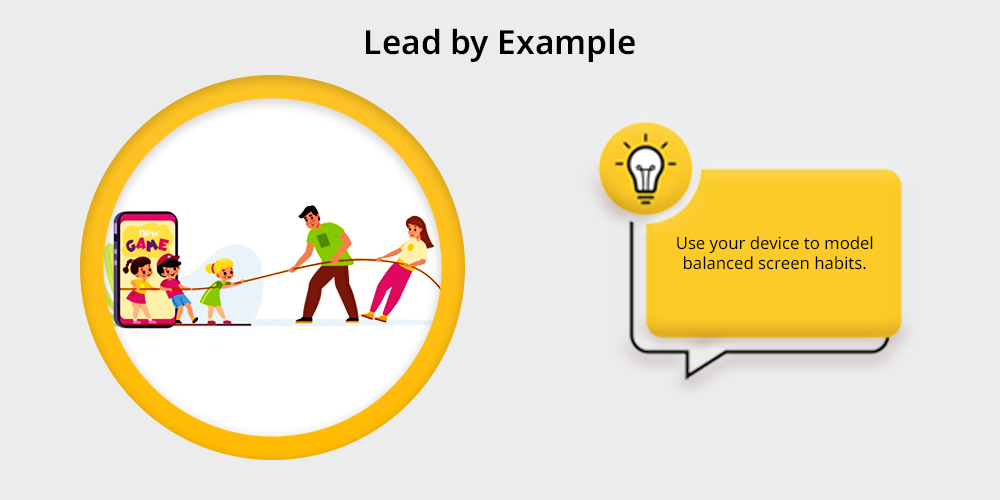
Use your device to model balanced screen habits.
If children notice adults putting priority on offline activities, then the children will follow suit.
5. Schedule Offline Activities
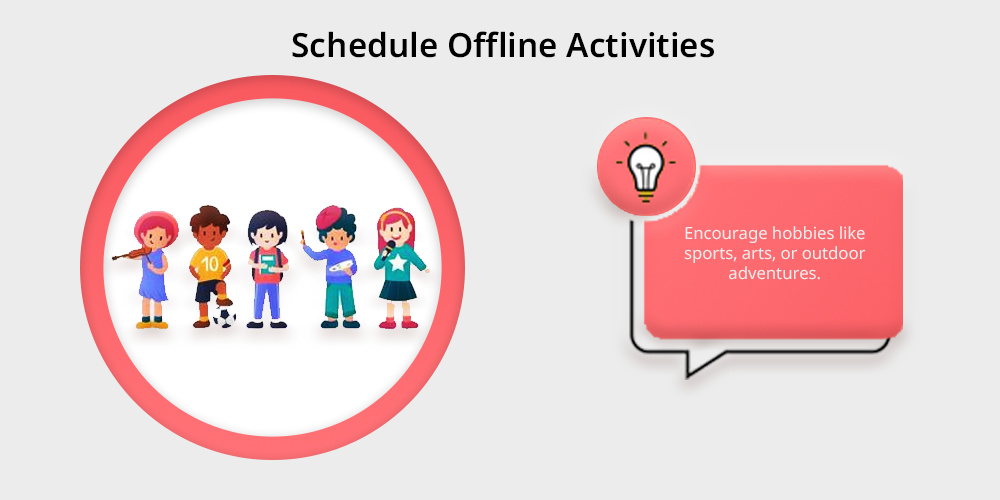
Encourage hobbies like sports, arts, or outdoor adventures.
How much screen time balanced with physical and creative time helps support the child’s overall development.
6. Communicate the Why
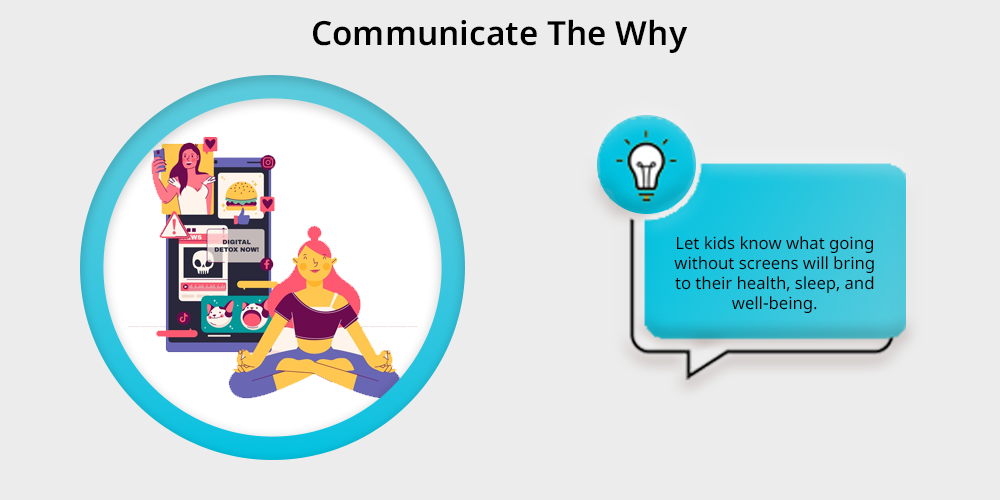
Let kids know what going without screens will bring to their health, sleep, and well-being.
Finally, they are more likely to cooperate willingly when children comprehend the benefits.
Conclusion
Learning is a fun experience, this is exactly what children learn easily through educational online games.
On the other hand, across different ages, children can have endless educational gaming possibilities that combine with play time learning objectives!
When you choose appropriate games, use screen limits and support both digital and non digital engagement, your child can play educational games and live a healthy life.


